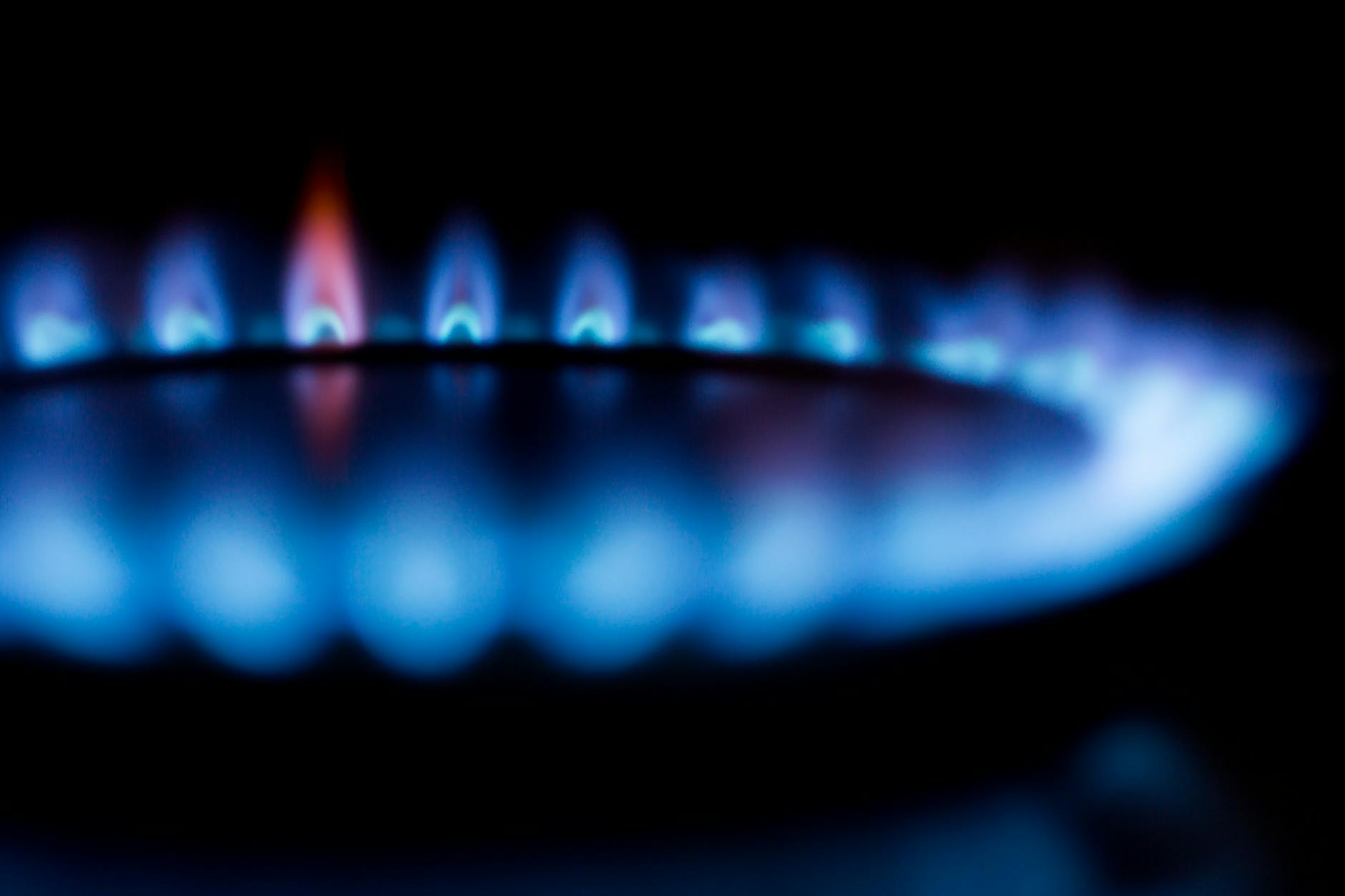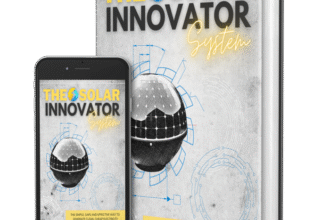When people dream about powering their homes with solar panels, wind turbines, or micro-hydro systems, they often fixate on one big question: “How do I generate enough energy?” The conventional advice points toward buying more panels, bigger batteries, or stronger inverters. But here’s the game-changer most people overlook:
Your real success doesn’t come from producing more energy—it comes from choosing appliances that are perfectly matched to your alternative energy source.
It’s like owning a sports car but only driving it in city traffic—you’re not getting the performance you paid for. In the same way, mismatched appliances waste power, stress your system, and limit what you can actually run, even if you have expensive renewable gear. When you understand the principle of load-source harmony, you unlock higher efficiency, longer system life, and drastically lower costs.
Let’s break down why this is so powerful and how you can use it starting today.
1. The “Energy Sink” Effect—Why Oversized Appliances Fail in Small Systems
Ever notice how some homes with a decent solar setup still can’t run a simple coffee maker without tripping the inverter? That’s the energy sink effect: when a single appliance demands more power than your renewable system can supply in real time.
Why it’s not widely known:
Most people shop for appliances the same way they always have—based on brand, price, and features—without considering peak load draw. Appliance marketing rarely shows the instantaneous power spike at startup, and homeowners often underestimate how this one factor can cripple a small-scale renewable system.
How it simplifies success:
If you size your appliances to your system (or size your system to the appliances you must have), you avoid overloads and can run more devices at once. You’ll also extend your battery life because you’re not constantly forcing deep discharges to meet unrealistic demands.
Practical steps:
- Check the surge power rating of each appliance, not just the running watts.
- Swap high-load appliances (like old fridges or electric ovens) for low-draw alternatives such as DC-powered fridges or induction cooktops.
- Plan usage around peak energy production hours to minimize battery strain.
Example: A family in Arizona replaced their 1,200W blender with a 350W model designed for RVs and suddenly could make smoothies without draining their morning solar surplus.
2. The Voltage Advantage—Going DC Where It Matters
Your renewable energy system most likely generates DC power. Yet, almost every home appliance is built for AC. This means you need an inverter, which wastes 5–15% of your energy in conversion—and sometimes more when loads are small.
Why it’s not widely known:
The appliance market is overwhelmingly AC-focused, and homeowners rarely know that DC appliances (common in off-grid boats, RVs, and remote cabins) can connect directly to their solar or battery bank. This direct connection bypasses inverter losses entirely.
How it simplifies success:
Using DC appliances in key areas—like refrigeration, lighting, or water pumping—can boost your usable energy by up to 20% without adding a single panel or battery. This is free efficiency that doesn’t require system upgrades.
Practical steps:
- Identify your largest continuous loads and see if DC equivalents exist.
- For new builds, run a dedicated DC circuit alongside AC wiring.
- Prioritize LED lighting, DC ceiling fans, and efficient DC refrigerators.
Example: A couple in rural Canada switched to a DC fridge and lighting system. Their overnight battery drain dropped so much they could downsize their battery bank and still make it through cloudy winter days.
3. Thermal Storage—The Appliance “Battery” You Didn’t Know You Had
Not all energy has to be stored in batteries. Some appliances can store the results of energy use rather than the energy itself. This is called thermal storage, and it’s one of the most underused tricks in renewable-powered homes.
Why it’s not widely known:
The renewable energy conversation is dominated by battery storage, partly because it’s easy to quantify in kWh. Thermal storage—like heating water, freezing ice, or pre-cooling a fridge—flies under the radar because it’s a “side effect” of appliance use, not a primary design feature.
How it simplifies success:
By running thermal appliances when your system is producing excess energy, you effectively store that energy in heat or cold. This reduces load at night or during low production hours, smoothing your demand curve without expensive battery upgrades.
Practical steps:
- Use timers or smart plugs to run your water heater only during peak solar hours.
- Freeze ice blocks during the day to help your fridge or cooler stay cold overnight.
- Preheat slow cookers or thermal pots before sunset to avoid evening spikes.
Example: In an off-grid island home, a family programmed their heat pump water heater to run from 10 a.m.–2 p.m. only. This simple change cut evening inverter loads in half.
4. Smart Sequencing—When You Use Appliances Matters More Than You Think
You might have enough total daily energy production for all your appliances, but if you run them all at once, you’ll overload your inverter or drain your batteries unnecessarily.
Why it’s not widely known:
Grid-tied homes never have to think about timing because the grid absorbs peaks effortlessly. In off-grid or hybrid renewable systems, the pattern of usage can make the difference between smooth operation and frequent shutdowns.
How it simplifies success:
By running appliances sequentially instead of simultaneously, you can make a smaller system feel much larger. This means you can defer expensive upgrades simply by improving your load management.
Practical steps:
- Use smart power strips or energy management apps to stagger appliance starts.
- Schedule high-load tasks like laundry or vacuuming for sunny midday hours.
- Group similar tasks to run back-to-back while the system is producing excess power.
Example: A small homestead in New Mexico staggered their washing machine and dishwasher cycles instead of running them together. This allowed them to use a 3kW inverter instead of upgrading to 5kW.
5. The Appliance Life-Cycle Factor—Long-Term Costs Hide in Short-Term Choices
Even with renewable energy, the most efficient appliance isn’t always the one with the lowest purchase price. Over a 10-year span, an inefficient appliance can cost more in wasted energy and premature battery wear than a high-efficiency model would have cost up front.
Why it’s not widely known:
Marketing focuses on upfront cost because it’s the easiest comparison point. But when you’re producing your own power, every extra watt an appliance draws shortens the lifespan of your batteries, which are one of the most expensive parts of your system.
How it simplifies success:
By calculating the total cost of ownership—including energy waste—you make choices that save money, extend system life, and reduce the need for constant upgrades.
Practical steps:
- Look at annual kWh consumption in the appliance’s Energy Star label, then multiply by your cost per kWh from your renewable system (including battery depreciation).
- Compare options over a projected 10-year use period.
- Consider the resale or reuse value of high-efficiency appliances if you upgrade later.
Example: A homeowner in Florida paid $400 extra for a high-efficiency washing machine. The reduced power draw extended their battery life by two years, saving them over $1,200 in avoided replacement costs.
The Takeaway: Match First, Expand Later
The real secret to powering your home appliances with alternative energy isn’t about endlessly adding capacity—it’s about creating harmony between your energy source and your energy demands. By right-sizing appliances, leveraging DC power, using thermal storage, sequencing loads, and thinking in life-cycle terms, you get more comfort, reliability, and performance out of the system you already own.
So before you price out more solar panels or a bigger battery bank, ask yourself:
- Are my appliances really matched to my source?
- Am I wasting energy in conversion or poor timing?
- Could I store energy as heat or cold instead of electrons?
If the answer is yes, you have the power—literally—to transform your home energy system without spending thousands more. The most efficient watt is the one you never waste.
Start today: Pick one appliance, one habit, or one system tweak from the list above and implement it this week. Watch your available power stretch further than you thought possible, and feel the freedom that comes from not chasing more watts—just using the ones you have brilliantly.
If you want, I can also make a one-page infographic from this article so readers can quickly remember the five key points. Would you like me to do that next?





